Whipped peaks form Zaha Hadid Architects’ Meixihu cultural centre
In Changsha, southern China, Zaha Hadid Architects’ Meixihu cultural centre design features three sculptural structures formed of sweeping organic curves housing a contemporary art museum and two theatres

Juxtaposed with the Meixi Lake in the historic city of Changsha, southern China, are three distinct, white structures resembling flower petals when viewed from atop, and something of whipped cream when viewed from the side.
Standing out in the smoggy city landscape, these three alien structures comprise the recently completed Changsha Meixihu International Culture and Arts centre – one of the latest creations of Zaha Hadid Architects (ZHA). Spanning 115,000sq m, it is the largest and most versatile cultural centre in Hunan province, including in its span a contemporary art museum, a large theatre, and a small theatre each with slightly different aesthetics.
Opened to the public on 30 November, the contemporary art museum, MICA, was the final structure to be completed in the 8-year-long project. Within the eight exhibition halls, that total 10,000sq m of space, MICA is holding its first exhibition by MOTSE, a team of 40 Shenzhen-based artists, scientists and musicians using interactive devices and new media to explore contemporary culture.
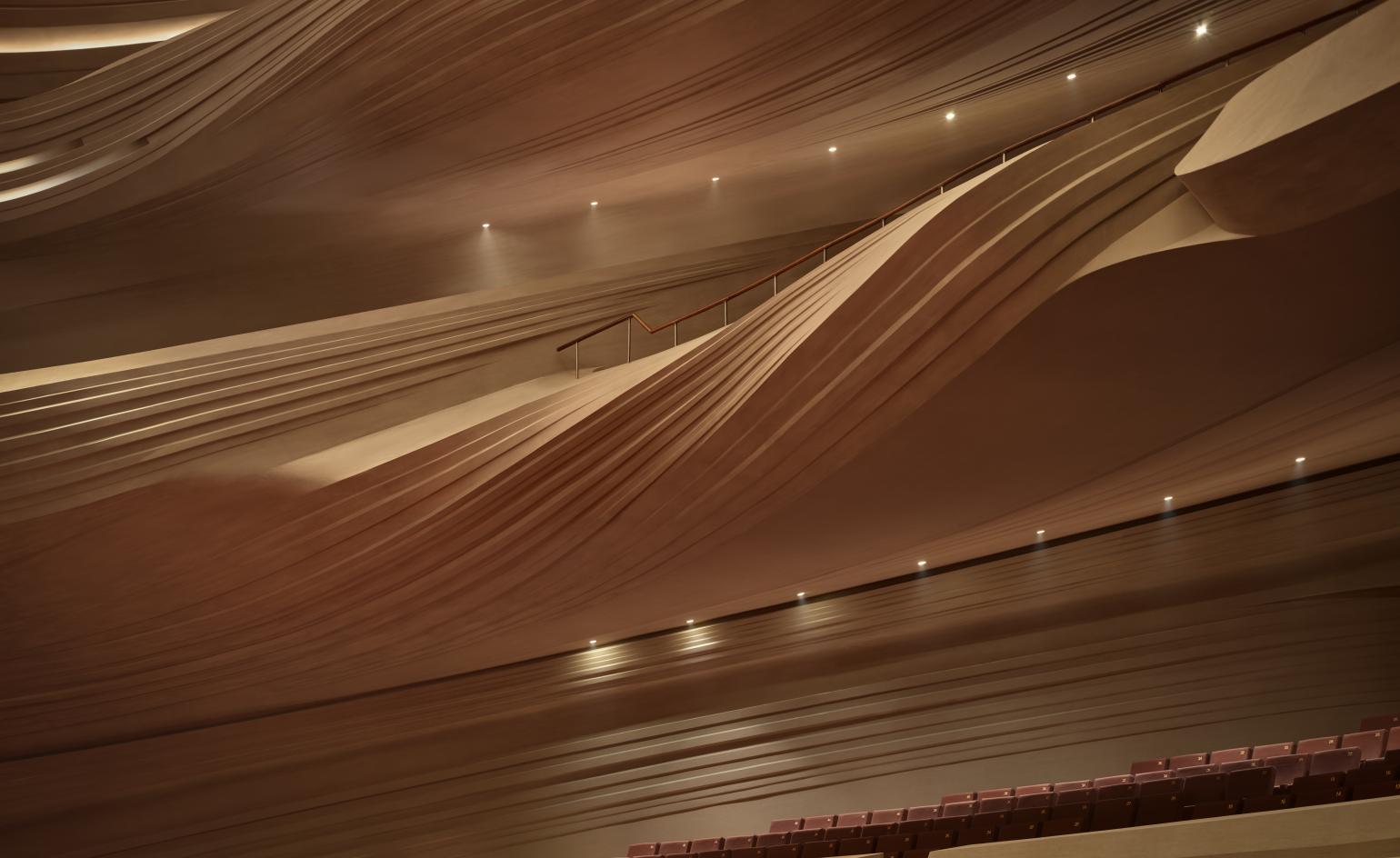
Interior of the Grand Theatre at Meixihu
MICA’s architectural climax is the large atrium with its boomerang-shaped window sweeping across the ceiling. The light-soaked space has been designed to host installations and events and direct visitors towards the workshop space, lecture theatre, café and museum shop.
Adjacent to the museum is the 1,800-seat Grand Theatre, a versatile space with a wood clad interior and flowing cream-coloured ceiling that swirls upwards like a sandstorm. In the third building, flexibility is also key to the design of the smaller theatre – its 500-seat multipurpose hall can be transformed into multiple configurations to host plays, fashion shows, music performances, banquets and commercial events.
The three civic institutions complement each other with different opening times throughout the day, much like their organic architecture signified by fluidity and curves – a uniquely Zaha Hadid design.
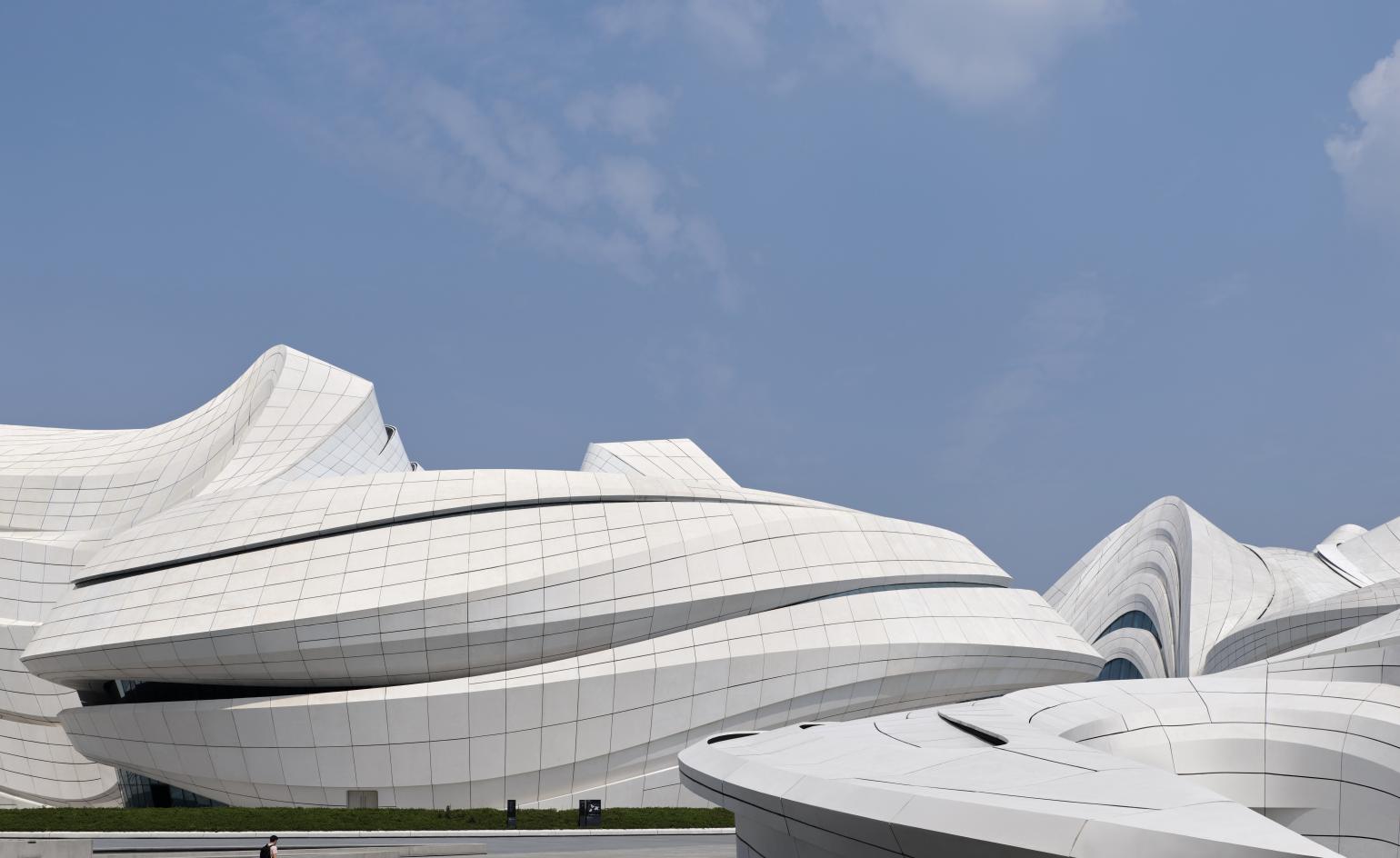
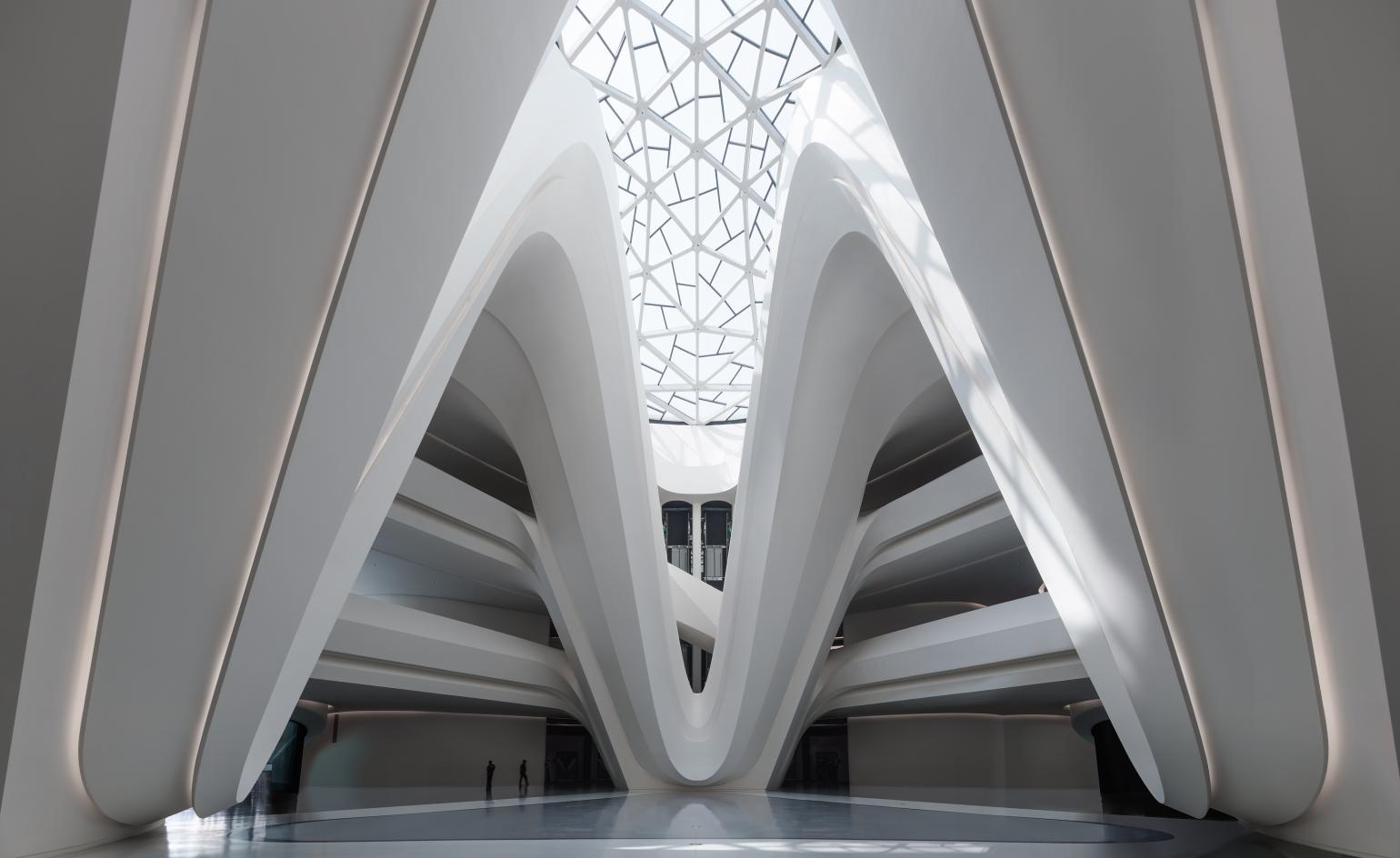

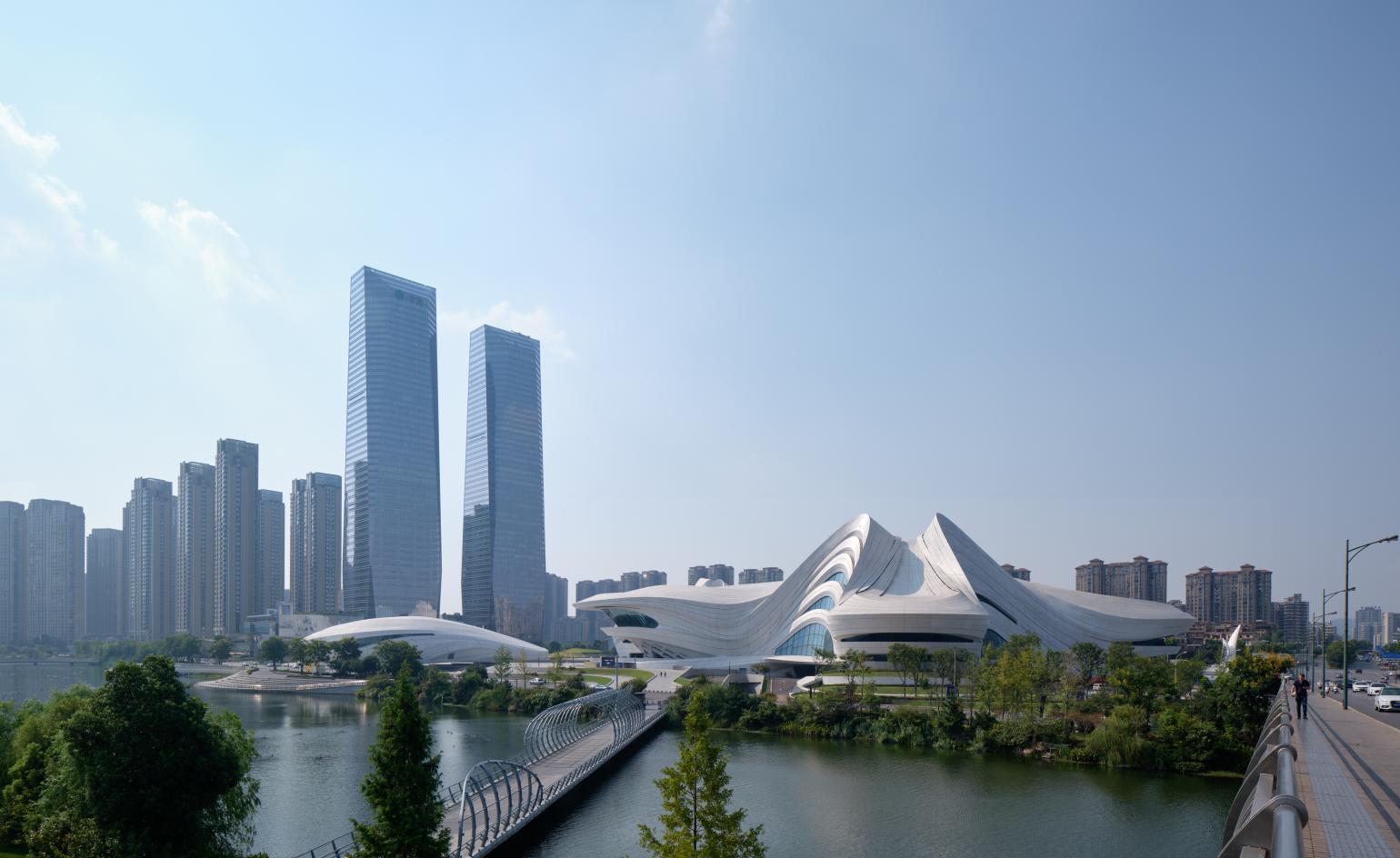
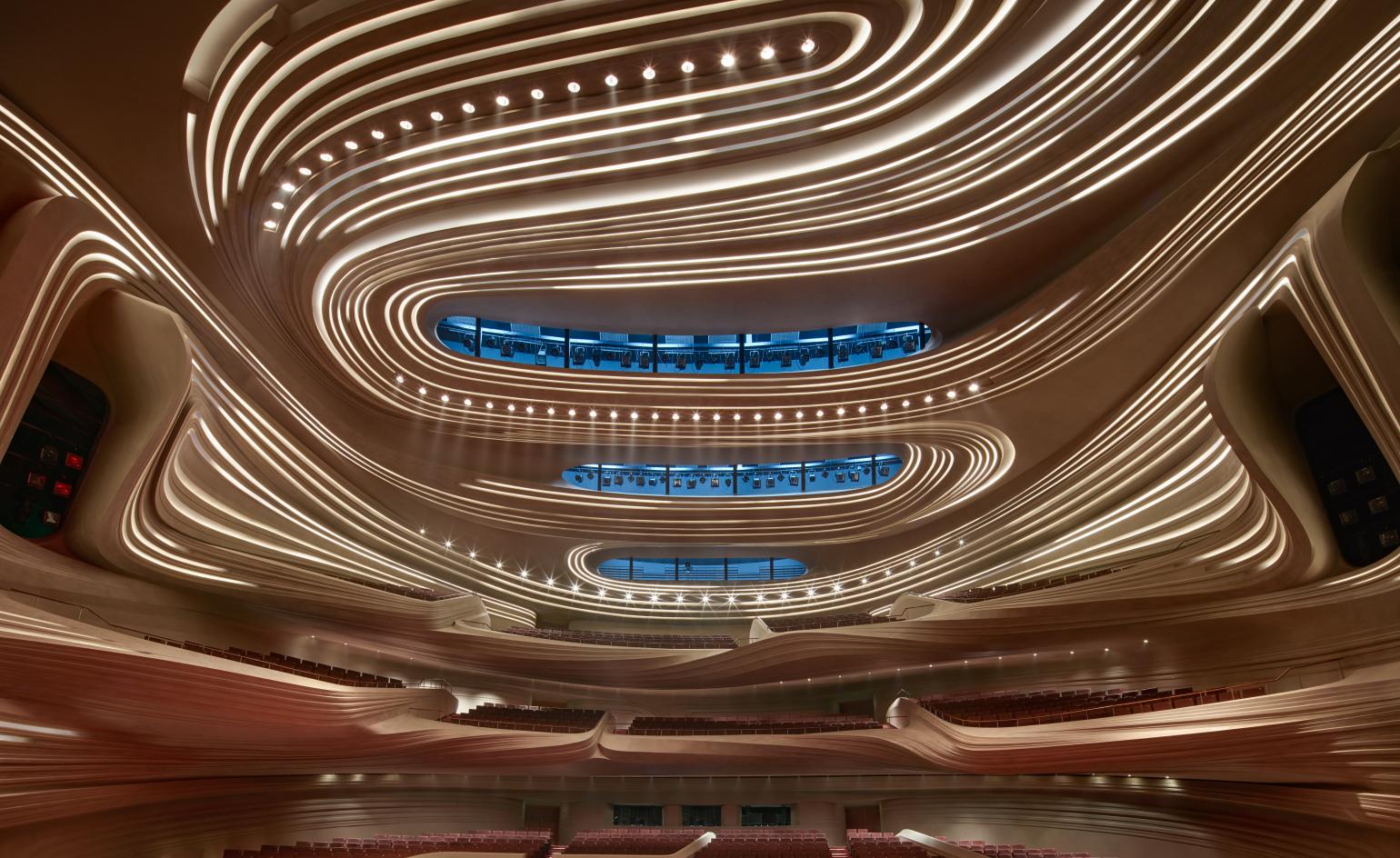
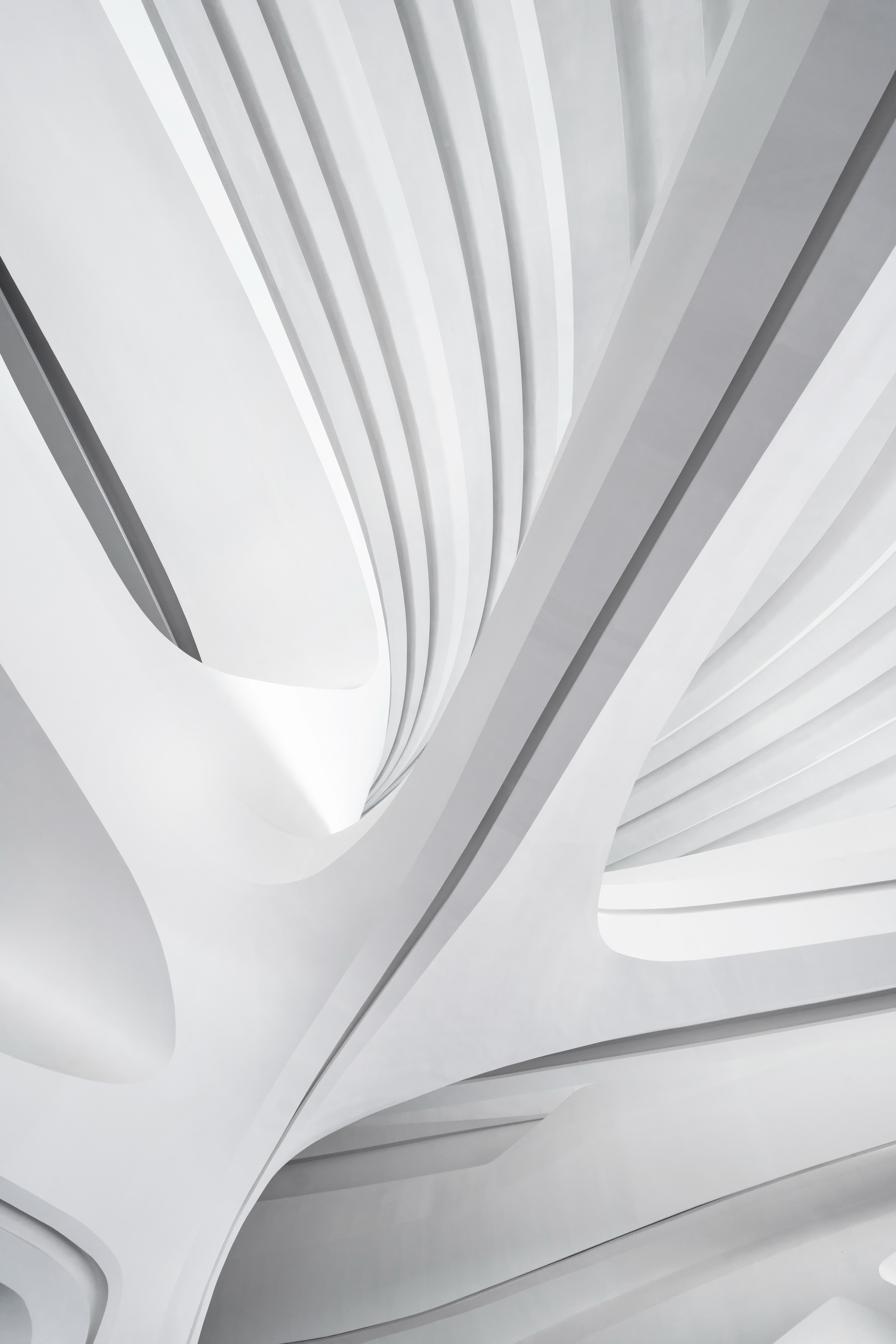
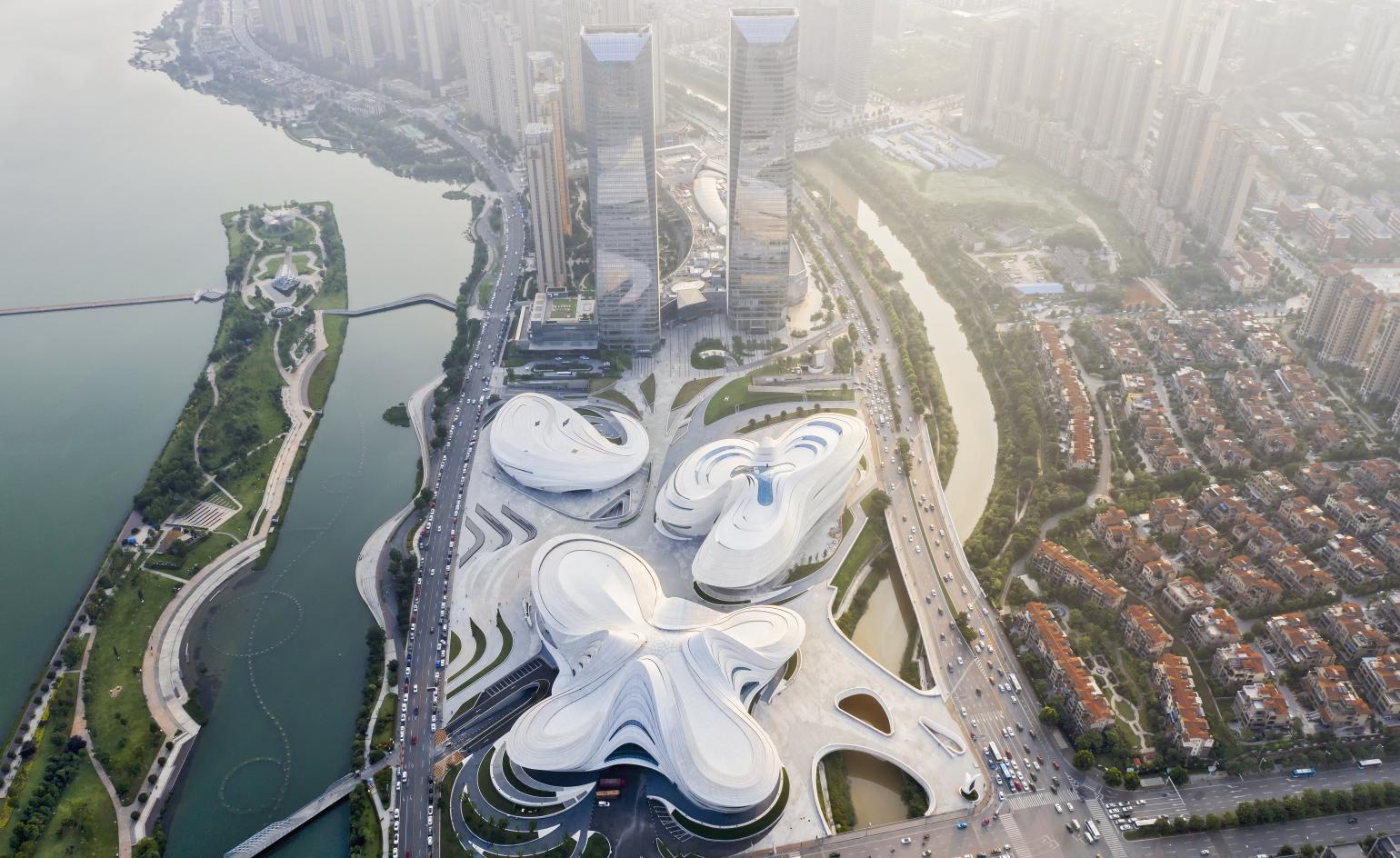
INFORMATION
Receive our daily digest of inspiration, escapism and design stories from around the world direct to your inbox.
SuhYoung Yun is a writer, journalist, and creative director active in the cultural field, especially focused on travel, design, art, architecture and food. She is the author of Switzerland: A Cultural Travel Guide (스위스 예술 여행), published in 2025 by Ahn Graphics, a renowned design publisher in South Korea. Yun was formerly the Cultural and Public Affairs Officer at the Embassy of Switzerland in Seoul, a position which inspired her to write the cultural travel guide.
-
 Winston Branch searches for colour and light in large-scale artworks in London
Winston Branch searches for colour and light in large-scale artworks in LondonWinston Branch returns to his roots in 'Out of the Calabash' at Goodman Gallery, London ,
-
 The most anticipated hotel openings of 2026
The most anticipated hotel openings of 2026From landmark restorations to remote retreats, these are the hotel debuts shaping the year ahead
-
 Is the future of beauty skincare you can wear? Sylva’s Tallulah Harlech thinks so
Is the future of beauty skincare you can wear? Sylva’s Tallulah Harlech thinks soThe stylist’s label, Sylva, comprises a tightly edited collection of pieces designed to complement the skin’s microbiome, made possible by rigorous technical innovation – something she thinks will be the future of both fashion and beauty
-
 Wang Shu and Lu Wenyu to curate the 2027 Venice Architecture Biennale
Wang Shu and Lu Wenyu to curate the 2027 Venice Architecture BiennaleChinese architects Wang Shu and Lu Wenyu have been revealed as the curators of the 2027 Venice Architecture Biennale
-
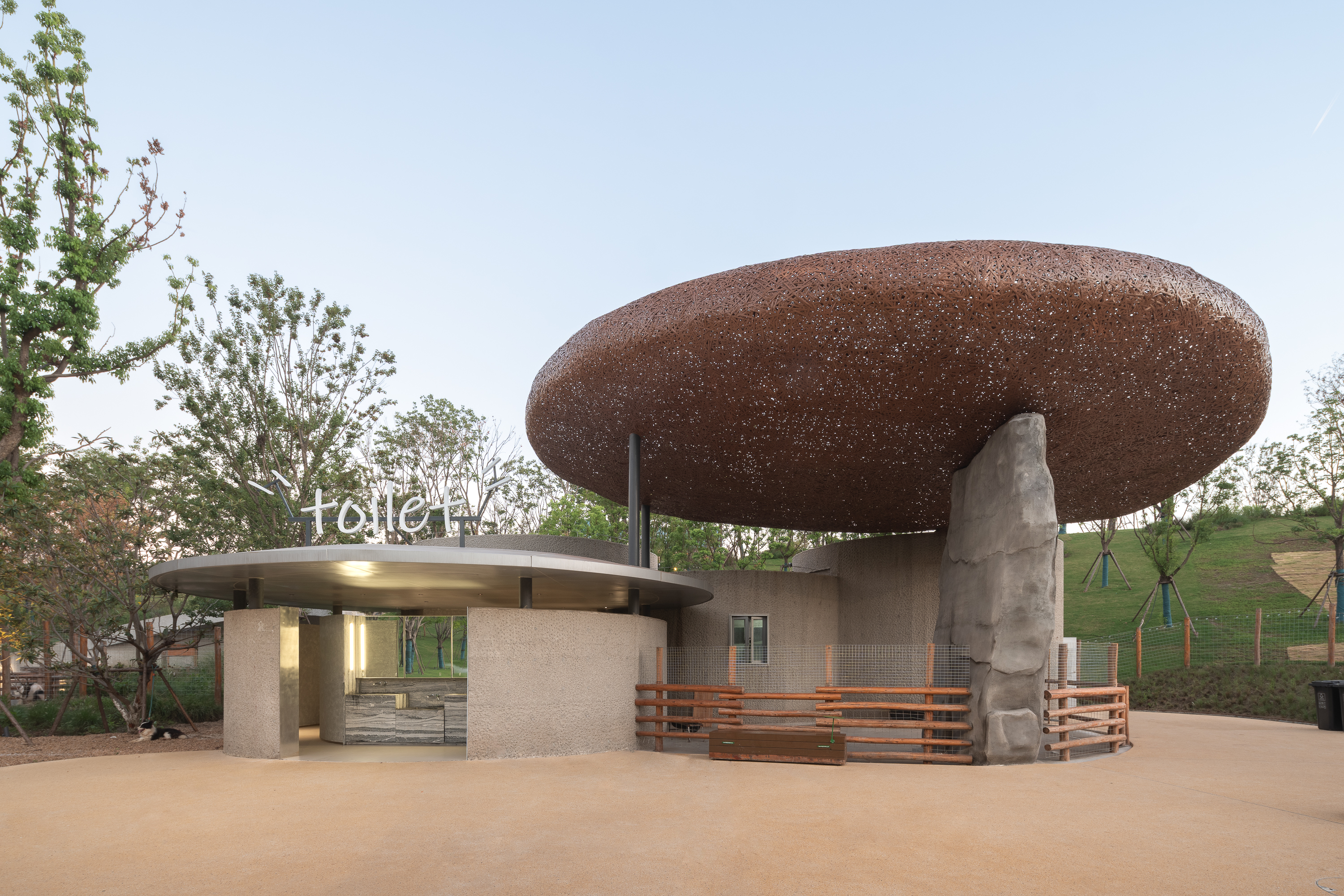 Tour this Chinese eco-farm, an imaginative wonderland connecting visitors with nature
Tour this Chinese eco-farm, an imaginative wonderland connecting visitors with natureLuxeIsland Farm by Various Associates is an eco-farm and visitor attraction in China’s picturesque Wuhan region; take a stroll across its fantastical landscape
-
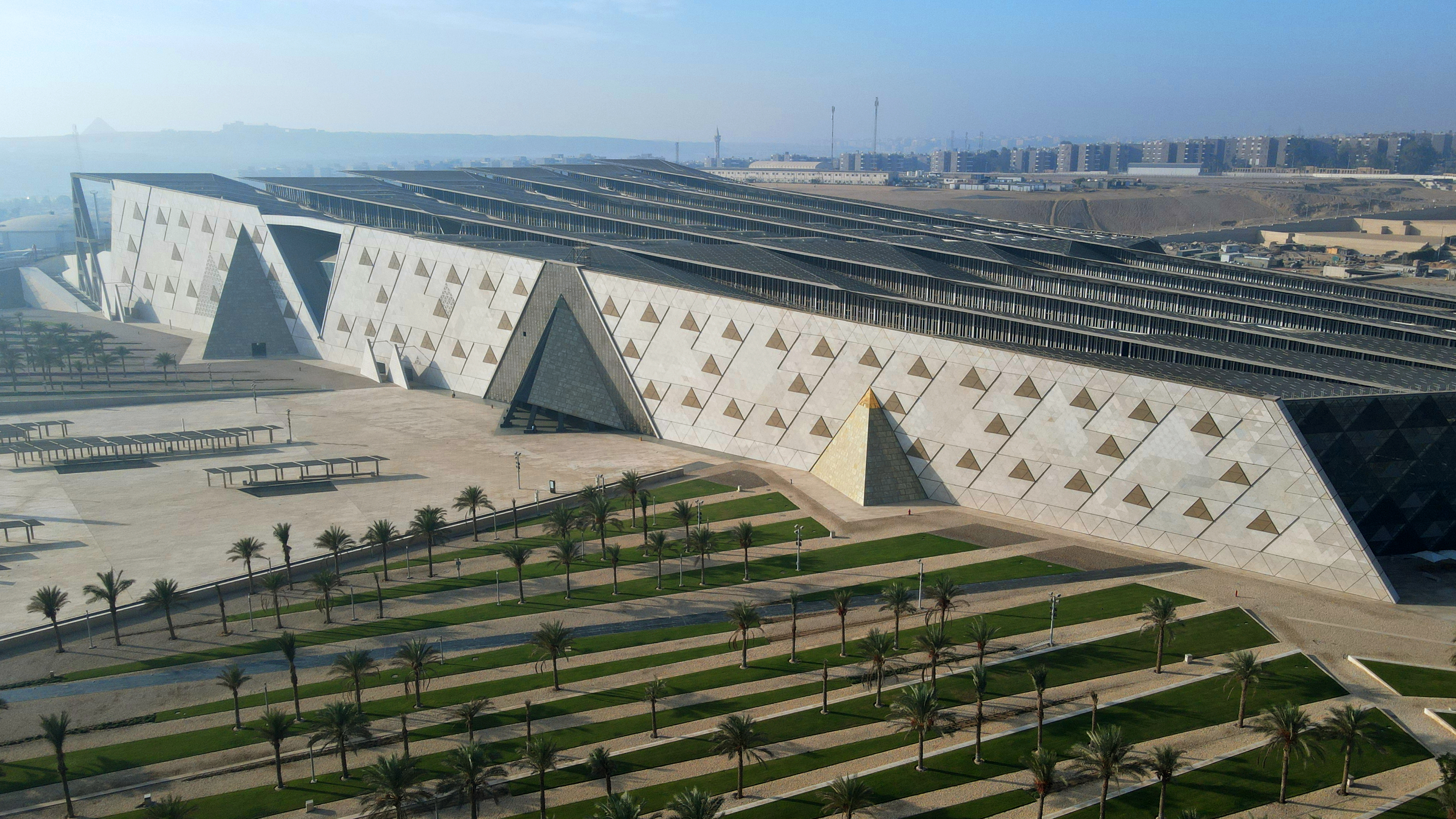 The Grand Egyptian Museum – a monumental tribute to one of humanity’s most captivating civilisations – is now complete
The Grand Egyptian Museum – a monumental tribute to one of humanity’s most captivating civilisations – is now completeDesigned by Heneghan Peng Architects, the museum stands as an architectural link between past and present on the timeless sands of Giza
-
 Honouring visionary landscape architect Kongjian Yu (1963-2025)
Honouring visionary landscape architect Kongjian Yu (1963-2025)Kongjian Yu, the renowned landscape architect and founder of Turenscape, has died; we honour the multi-award-winning creative’s life and work
-
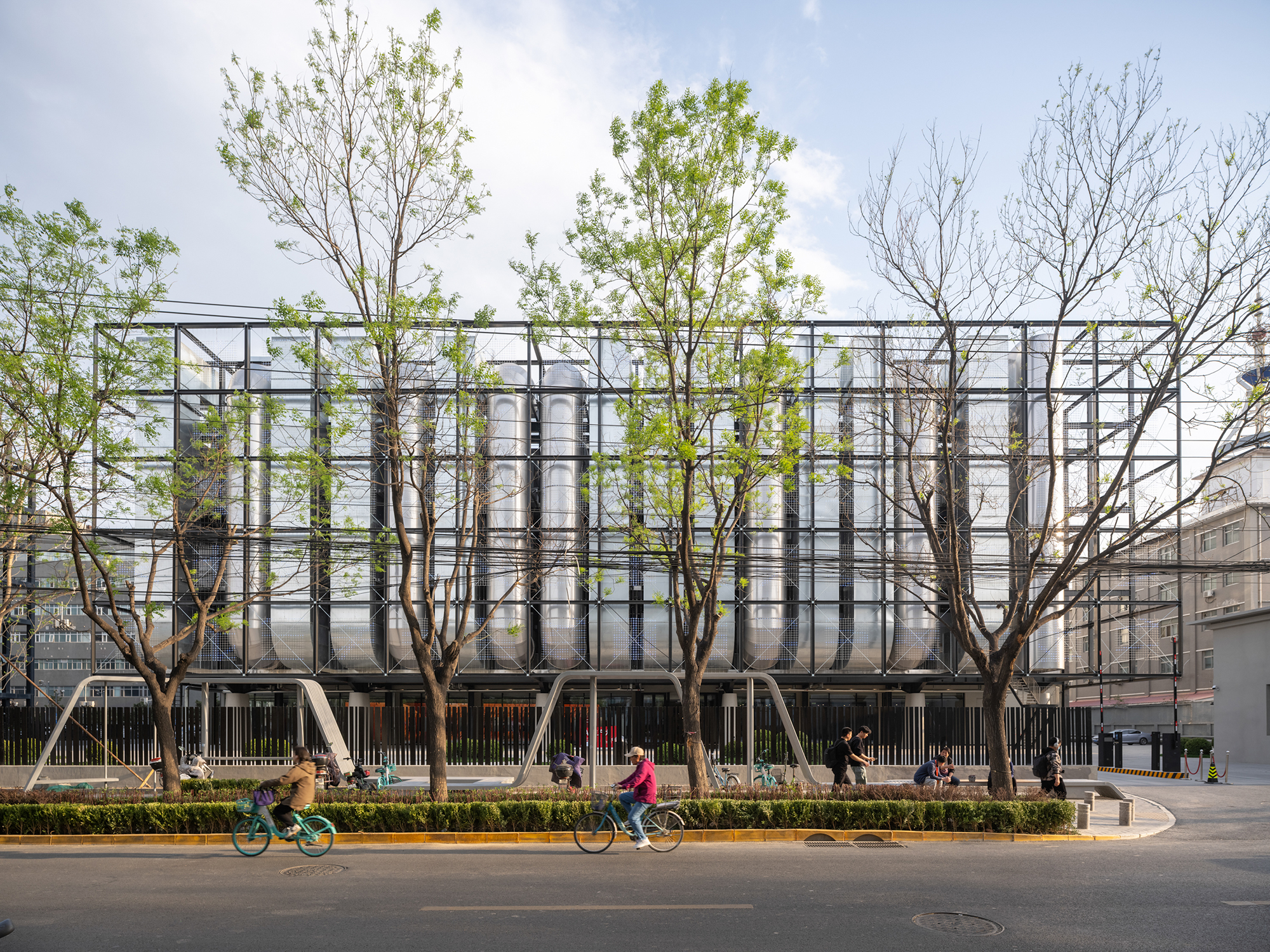 A new AI data centre in Beijing is designed to evolve and adapt, just like the technology within
A new AI data centre in Beijing is designed to evolve and adapt, just like the technology withinSpecialised data centre Spark 761, designed by llLab, is conceived as a physical space where humans and AI technology can coexist
-
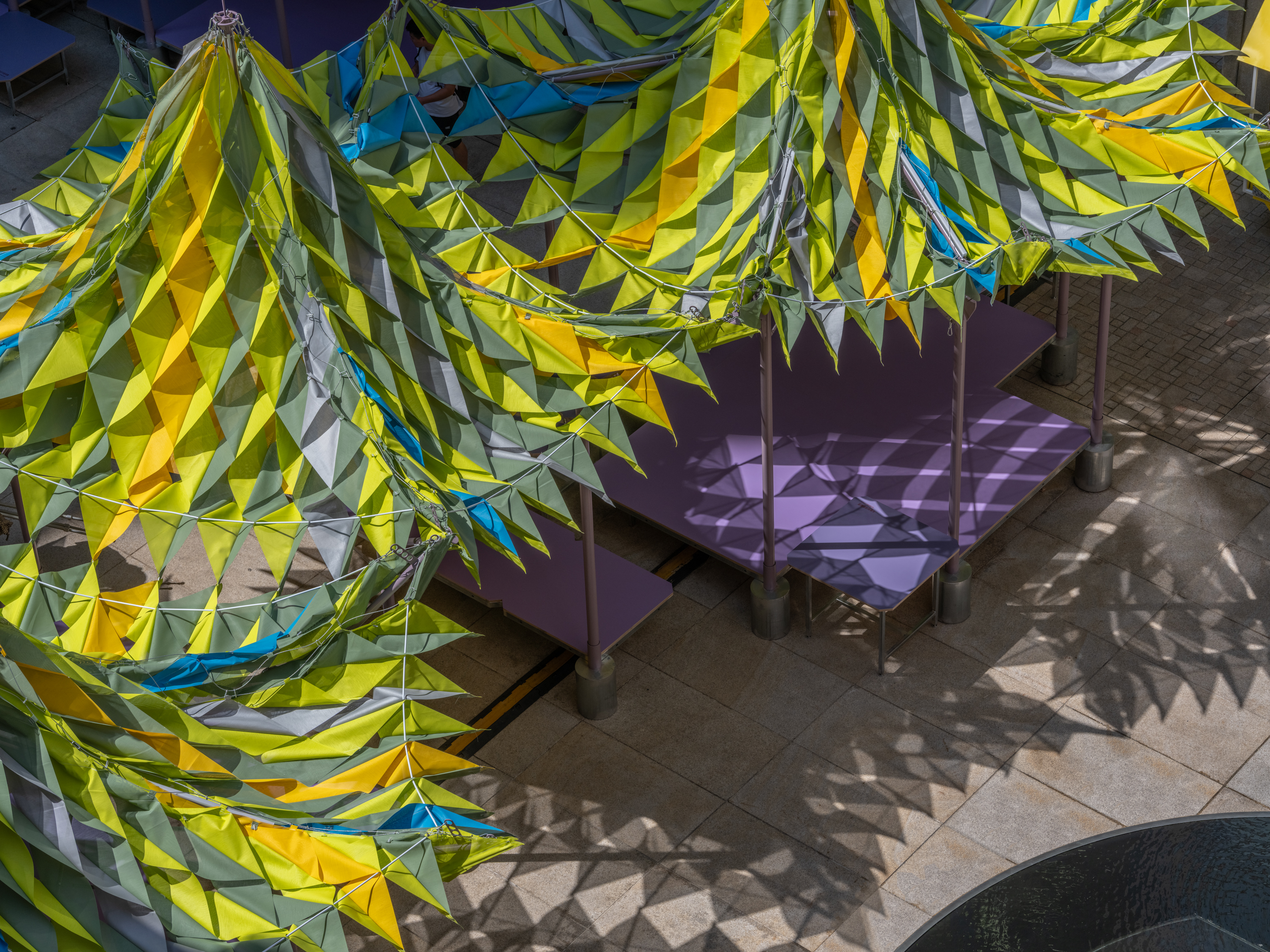 Shanghai’s biennial, RAMa 2025, takes architectural exploration outside
Shanghai’s biennial, RAMa 2025, takes architectural exploration outsideRAMa 2025, the architecture biennial at Rockbund Art Museum in Shanghai, launches, taking visitors on a journey through a historic city neighbourhood – and what it needs
-
 Oystra is ZHA’s sculptural vision for living in the United Arab Emirates
Oystra is ZHA’s sculptural vision for living in the United Arab EmiratesMeet the team translating ZHA’s bold concept for the new development into ‘a community elevated by architecture’ – Dewan Architects + Engineers and developer Richmind
-
 Atelier About Architecture’s ‘house within a house, and garden within a garden’
Atelier About Architecture’s ‘house within a house, and garden within a garden’House J in Beijing, by Atelier About Architecture, is an intricate remodelling complete with a hidden indoor garden and surprising sight lines